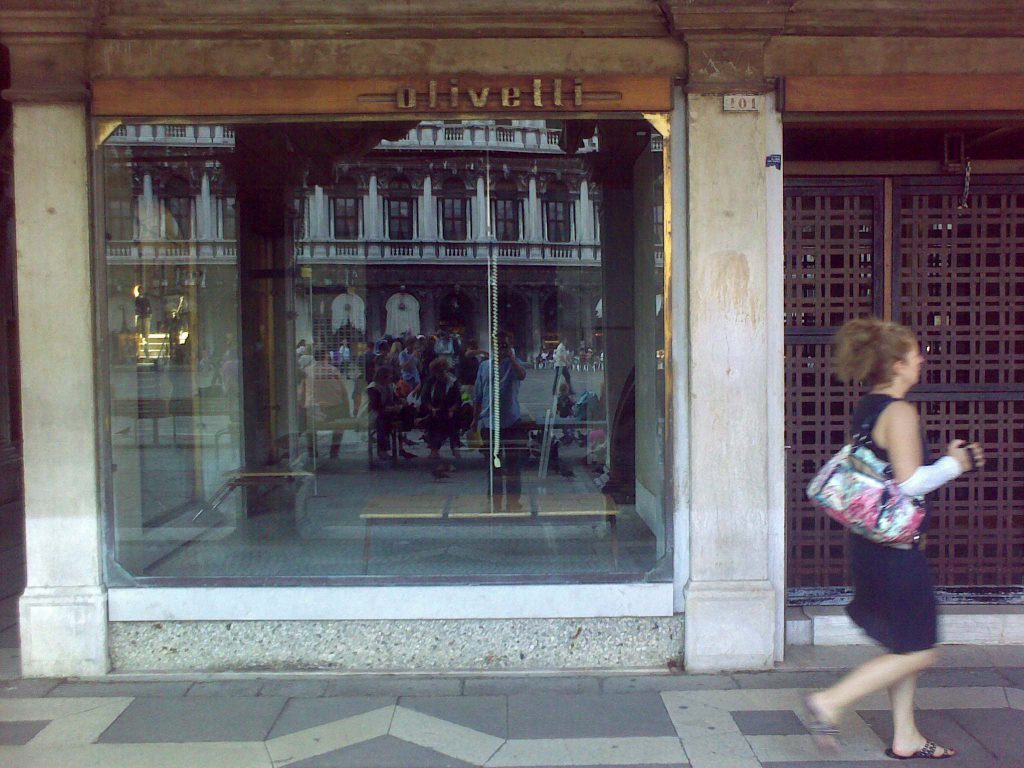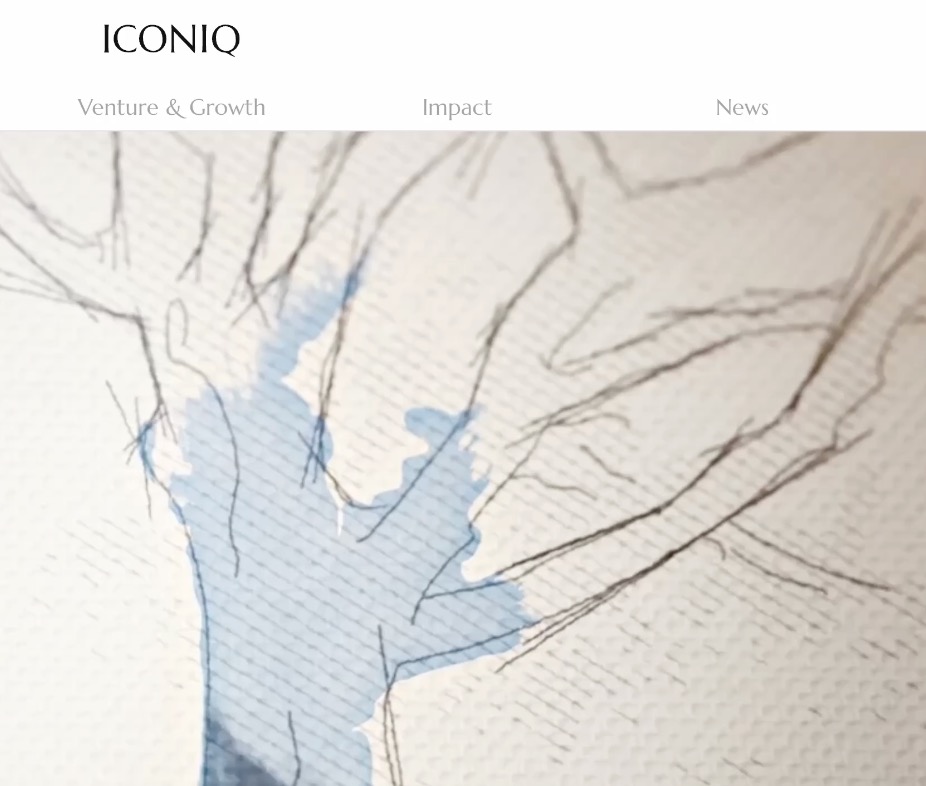Update. A couple years after this post was written, this store has been turned into a museum. I want to go check it out. The ideas in this post still stand.

Guru of gurus Theodore Levitt once wrote of “marketing myopia”… a condition in which CEOs don’t see the broad set of opportunities around them. The cure — seeing one’s company differently — can mean growing into more markets. Not broadening one’s horizons, however, can seriously hurt and even kill a company. The classic example are the buggy whip manufacturers who were so focused on their market they did not see the opportunities (or ultimately the threat) of automobiles to their businesses.
I spent the weekend in Venice… a truly, truly beautiful city—but one in which you can almost taste decline. Tourism does well there as an industry–something like 20 m visitors pass thru per annum. However, the local population is dwindling. Locals now number an astonishingly miniscule 60,000. That’s half than it was 40 years ago. A local housing official has said there will be nobody living there by 2046 and that Venice will become Europe’s Disneyland—all visitors, no real inhabitants. The implication being that Venice—once the center of an important empire—needs to look at itself differently.
One glaring image of decline (corporate decline) caught my eye on the beautiful Piazza san Marco: the former Olivetti typewriter store.
It was so gorgeous in its time that it’s elegance is still present even as the store stands empty and dusty. An electric cable hangs unplugged and unattached to any device in a window.
A designer for “decline” could not have made a more apt window display.
Below are some snaps. The ones of a row of red payphones — taken just a few feet away from the shop — struck me as ironic on a couple of levels.
One, Olivetti is now part of the large Telecom Italia, owner of the payphones. So Olivetti lives and is making products for our times—but it lives within a company that also must be VERY careful of marketing myopia.
Two, the blurry old man is not using the payphone. He was looking for change left behind. He found none.











Leave a response
Responses
2 responses
One point related to your evocative description of Venice: it usually goes unsaid, but the “decline”, the air of an old city, crumbling nobility, the ghosts in shaded passageways, is absolutely part of the attraction. Parts of Marseilles have the same appeal. There’s a tourist segment of weird, artsy, imaginative folks (count me among them) that is charmed and stimulated by the authentic decadence and romance of all this. I’m not suggesting that this can be artificially created, nor preserved, but as a city finds itself in such a point in the cycle, it could be exploited.
Venice of course has the Damocles sword of sinking into the lagoon, making the image of decline too close to real permanent destruction.
Housing laws and rents will adjust (with an Italian lag) to market demand, but Venice is not going to become “family-friendly” anytime soon. It’s worth considering that Venice may no longer have any possibility of becoming a ‘normal’ city. Demographics, the un-salvageable physical infrastructure, rising waters, etc.; the world is full of city ruins, most got that way for perfectly rational reasons.
If I were the Doge, leading the Signoria, I’d forget pretense and turn the entire city into a by-invitation only international artists ghetto. Limit tourism with a selective visa program, sell tours of watching creativity at work in the artists’ ateliers & film-makers’ studios.
less then 53,000 inhabitants in yesterday’s paper. Indeed, even venetians is saying the city is dying. Nothing to do there. I got however a different impression: firstly, it is a REAL city if you go out of the main Ferrovia / Rialto / Piaza San Marco main streets: cafés, supermarkets, offices, houses, etc. Secondly, there’s tons of opportunity to set up businesses there, unrelated to tourism (ie. hotels / cafés / bars) such as manual crafts (book bindings for example), art, architecture, culture, language schools, etc. 20m tourists is indeed an opportunity to sell anything to them if made in great quality (location, location, location…) and the tourism infrastructure is pretty good (lodging and transport). Venetians maybe reflect too much in the past, and need to dream of a great future with their assets.